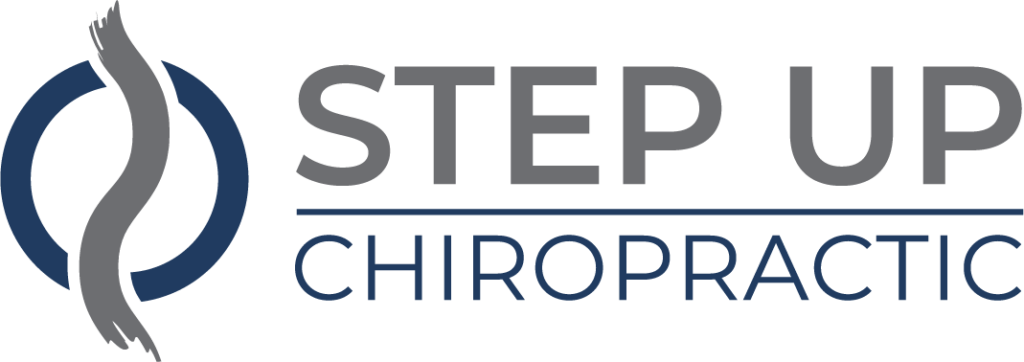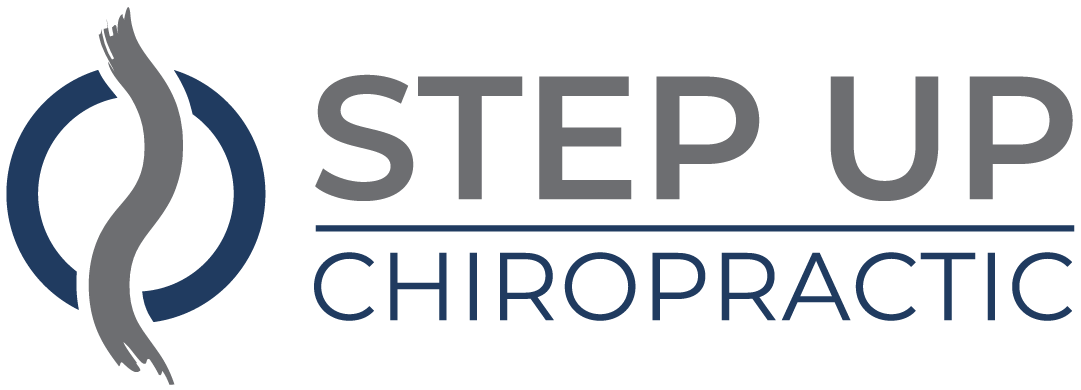When you face a sports injury, maneuvering through the treatment options can be overwhelming. You might start with basic pain management and recovery techniques, but understanding the full spectrum of what's available is essential. From physical therapy to advanced treatments like platelet-rich plasma therapy, each option plays a role in your recovery journey. However, the right approach often depends on the specifics of your injury and personal goals. So, what factors should you consider to guarantee you're on the path to peak recovery?
Common Sports Injuries
When you engage in sports, you're likely to encounter a variety of common injuries. These injuries can range from minor sprains to more severe fractures, affecting your performance and overall enjoyment of the game.
One of the most frequent injuries is a sprained ankle, which often occurs when you twist your foot awkwardly. You'll feel immediate pain, swelling, and sometimes difficulty bearing weight on that foot.
Another common injury is a strain, particularly in the hamstring or quadriceps. Strains happen when muscles are overstretched or torn, usually during sudden acceleration or deceleration. You might experience sharp pain and swelling, limiting your ability to run or jump effectively.
Knee injuries, such as ACL tears, are also prevalent among athletes. These injuries often result from sudden changes in direction or landing awkwardly after a jump. You may hear a popping sound and feel instability in your knee, making it difficult to continue playing.
Shoulder injuries, including rotator cuff tears, can arise from repetitive overhead motions, especially in sports like swimming or baseball. You might notice pain when lifting your arm or performing everyday tasks.
Lastly, tendonitis, often affecting the elbow or Achilles tendon, can develop from overuse. You'll likely feel pain and stiffness, which can worsen with continued activity.
Understanding these common injuries can help you take precautions and recognize symptoms early, ensuring you seek appropriate treatment and get back to the sport you love.
Rest and Recovery
Often, athletes underestimate the importance of rest and recovery in their training regimen. You might think pushing through pain is a sign of dedication, but ignoring your body's need for recovery can lead to more significant injuries down the line. Recognizing when to take a break is essential for maintaining peak performance and preventing burnout.
Rest serves multiple purposes. First, it allows your body to repair itself from the micro-tears that occur in muscles during training. This healing process strengthens your muscles and improves overall performance.
Second, adequate recovery helps prevent overuse injuries like tendonitis or stress fractures, which can sideline you for extended periods.
Incorporating active recovery days into your routine can also be beneficial. These days can include low-impact activities like swimming, yoga, or walking, which keep your blood flowing without putting too much strain on your body.
Additionally, sleep plays a crucial role in recovery; aim for 7-9 hours each night to help your body regenerate and recharge.
Don't forget about nutrition, either. Proper hydration and a balanced diet rich in proteins, carbohydrates, and healthy fats can further support your recovery efforts.
Listen to your body, and don't hesitate to take a day off when needed. Embracing rest and recovery isn't a sign of weakness; it's a smart strategy to guarantee you stay in the game longer and perform at your best.
Prioritize your recovery, and you'll see the benefits in your training and performance.
Physical Therapy Techniques
Physical therapy techniques play an essential role in the rehabilitation of sports injuries, helping you regain strength, flexibility, and function. These methods are designed to target specific areas affected by your injury, ensuring a tailored approach to your recovery.
One common technique is therapeutic exercise, which includes stretching and strengthening exercises to improve range of motion and build muscle. A physical therapist will guide you through tailored routines, focusing on your unique needs and goals.
Manual therapy is another effective approach, where the therapist uses hands-on techniques to manipulate soft tissues and joints, alleviating pain and improving mobility.
You might also benefit from modalities like ultrasound therapy or electrical stimulation. These techniques promote healing by reducing inflammation and enhancing circulation to the injured area.
Additionally, balance and proprioception training may be incorporated to help you regain stability and coordination, vital for returning to your sport safely.
Education is key in physical therapy. Your therapist will teach you about proper body mechanics and techniques to prevent future injuries. It's important to stay active during your rehab, but you'll also learn when to rest and how to adapt your activities as you recover.
Consistency is significant in physical therapy; attending regular sessions and adhering to your home exercise program will yield the best results.
Medication and Pain Management
After engaging in physical therapy, you might still experience pain or discomfort from your sports injury. In such cases, medication and pain management strategies can play an important role in your recovery.
Over-the-counter options, like acetaminophen or nonsteroidal anti-inflammatory drugs (NSAIDs), can help alleviate mild to moderate pain and reduce inflammation. Always follow the recommended dosages and consult with your healthcare provider if you're unsure which option is best for you.
If your pain persists, your doctor might prescribe stronger medications. Prescription pain relievers, such as opioids, may be effective for short-term use, but they come with risks, including dependence and side effects.
It's important to use these medications only as directed and to have regular check-ins with your healthcare provider to monitor their effectiveness and any potential complications.
In addition to medications, consider exploring alternative pain management techniques. Techniques like ice or heat therapy can provide immediate relief, while methods such as acupuncture or transcutaneous electrical nerve stimulation (TENS) may help with long-term pain management.
Mindfulness and relaxation techniques, such as yoga or meditation, can also aid in managing pain and improving your overall well-being.
Advanced Treatment Options
When conventional treatments haven't provided the relief you need, advanced treatment options can offer new hope for recovery from sports injuries. These innovative approaches can help you regain function and return to your favorite activities more effectively than traditional methods.
One promising option is platelet-rich plasma (PRP) therapy. This technique involves drawing your blood, processing it to concentrate the platelets, and injecting it back into the injured area. The growth factors in the platelets can promote healing and reduce pain. Many athletes have found success with PRP therapy, especially for tendon injuries and joint pain.
Another advanced treatment is stem cell therapy, which utilizes your body's own stem cells to repair damaged tissue. These cells can differentiate into various types of cells needed for healing, making this a powerful option for chronic injuries or degenerative conditions. Stem cell therapy is still evolving, but ongoing research shows promising results for recovery.
Regenerative medicine, including techniques like shockwave therapy, is also making waves in treating sports injuries. This non-invasive method uses acoustic waves to stimulate healing in damaged tissues, reducing pain and improving function. Many patients report significant improvements after just a few sessions.
Lastly, biofeedback and neuromuscular re-education techniques can help you regain control over your muscles and movements, leading to better recovery outcomes.
These advanced treatments, tailored to your specific needs, can be key components in your rehabilitation journey. Don't hesitate to explore these innovative options to get you back in the game.
Surgical Interventions
Surgical interventions can be a fundamental step in your recovery journey, especially when conservative treatments have failed to relieve your sports injury. If you're dealing with persistent pain or limited mobility, surgery may provide the solution you need to get back in the game.
Understanding the types of surgical procedures available can help you make informed decisions about your treatment.
Common surgical interventions for sports injuries include arthroscopy, ligament reconstruction, and tendon repair. Arthroscopy is a minimally invasive technique that allows your surgeon to visualize and treat joint issues using small incisions. This method typically results in quicker recovery times and less postoperative pain.
Ligament reconstruction, such as the anterior critical ligament (ACL) repair, is another option, especially for athletes looking to return to high-level competition. This procedure involves replacing the damaged ligament with a graft, helping to restore stability to the joint.
Tendon repairs are important when injuries like Achilles tendinopathy or rotator cuff tears occur. These surgeries aim to reattach or reconstruct the damaged tendon to restore function and reduce pain.
Before proceeding with surgery, your healthcare team will evaluate the specific nature of your injury, discuss potential risks, and outline what to expect during recovery.
It's fundamental to have open communication with your surgeon to address any concerns you might have.
Ultimately, surgical interventions can greatly enhance your quality of life and athletic performance, setting you on the path to recovery.
Rehabilitation and Training
Rehabilitation is essential for your recovery after a sports injury, helping you regain strength and mobility.
Tailored training programs can address your specific needs, ensuring you're not just recovering but also preventing future injuries.
Importance of Rehabilitation
Athletes often face the intimidating reality of sports injuries, making effective rehabilitation essential for a successful return to their sport. You might be enthusiastic to get back in the game, but rushing the recovery process can lead to re-injury or long-term issues.
Prioritizing rehabilitation helps you regain strength, flexibility, and confidence while reducing the risk of setbacks.
Rehabilitation isn't just about physical recovery; it's a vital phase that prepares you mentally as well. Engaging in a structured rehab program can provide you with several benefits, including:
- Restoration of Function: You'll work on regaining the full range of motion and strength needed for your sport.
- Injury Prevention: A thorough rehab process identifies weaknesses and addresses them, reducing the likelihood of future injuries.
- Mental Resilience: Rehabilitation can help you bolster your mental toughness, giving you the confidence to return to competition.
Tailored Training Programs
After completing your rehabilitation, it's time to focus on tailored training programs that cater specifically to your needs. These programs are designed to help you regain strength, flexibility, and endurance while minimizing the risk of re-injury. A personalized approach guarantees that your training aligns with your sport, fitness level, and any lingering limitations from your injury.
Start by evaluating your current capabilities with a qualified trainer or physical therapist. They'll help identify your strengths and weaknesses, allowing you to set realistic goals. Incorporate exercises that target the affected areas, enhancing both recovery and performance. For example, if you've had a knee injury, your program might include exercises that strengthen the surrounding muscles and improve stability.
Consistency is key. Stick to your training schedule and gradually increase intensity as your body adapts. It's important to listen to your body; if something doesn't feel right, consult with your trainer or therapist.
Injury Prevention Strategies
Injury prevention strategies play an essential role in ensuring you stay healthy and active in your sport. By implementing effective training and rehabilitation techniques, you can markedly reduce the risk of injuries.
Here are three key strategies to keep in mind:
- Warm-up and Cool-down: Always start your training sessions with a proper warm-up to prepare your muscles and joints. Similarly, cool down afterward to aid recovery and flexibility.
- Strength and Flexibility Training: Incorporate strength exercises to build muscle support around your joints. Flexibility training, like stretching or yoga, enhances your range of motion and reduces the likelihood of strains.
- Listen to Your Body: Pay attention to any signs of discomfort or fatigue. Pushing through pain can lead to serious injuries, so it's vital to rest and recover when needed.
Preventative Measures
To prevent sports injuries, you need to prioritize warm-up exercises and proper equipment usage.
Taking a few minutes to warm up can greatly reduce your risk of injury during play.
Additionally, using the right gear tailored to your sport helps protect you from potential harm.
Warm-Up Exercises Importance
Warm-up exercises are essential for preventing sports injuries and should be an integral part of your routine. By taking just a few minutes to prepare your body, you can greatly reduce the risk of strains, sprains, and other injuries. Warming up increases blood flow to your muscles, enhances flexibility, and improves your overall performance.
Here are some key benefits of incorporating warm-up exercises into your training:
- Increased Blood Circulation: Warming up raises your heart rate, ensuring your muscles receive adequate oxygen and nutrients.
- Enhanced Flexibility: Dynamic stretches can improve your range of motion, making it easier to perform movements during your sport.
- Mental Preparation: A proper warm-up allows you to focus and mentally prepare for the challenges ahead.
Make it a habit to include warm-up exercises before every workout or game. You'll notice a difference in your performance and feel more confident as you engage in physical activities.
Proper Equipment Usage
Using the right equipment is just as important as warming up when it comes to preventing sports injuries. Whether you're playing soccer, basketball, or running, make sure you have gear that fits well and suits your specific sport. Ill-fitting shoes can lead to blisters, sprains, and other injuries, so always choose footwear that provides proper support and cushioning.
Additionally, don't overlook protective gear. Helmets, pads, and mouthguards are essential for minimizing impact and safeguarding against serious injuries. Make it a habit to inspect your equipment regularly; worn-out gear can compromise your safety. If you're unsure about the right equipment for your activity, consult a coach or sports expert for guidance.
Furthermore, remember that different sports require different types of equipment. For instance, a good pair of running shoes isn't the same as soccer cleats. Always prioritize quality over brand names—invest in equipment that meets safety standards and enhances your performance.
Finally, familiarize yourself with how to use your equipment correctly. Misuse can lead to injuries, so take time to learn proper techniques. By prioritizing proper equipment usage, you'll greatly reduce your risk of injury and enjoy your sport more safely.
Conclusion
To summarize, tackling sports injuries requires a multifaceted approach that prioritizes rest, effective therapies, and advanced treatments when necessary. By understanding common injuries and exploring options like physical therapy, medication, and even surgery, you can find the best path to recovery. Remember, rehabilitation and tailored training are crucial in restoring your function and preventing future injuries. Stay proactive about your health, and you'll be back in the game stronger than ever!




